
Read or listen offline
自动生成的音频
1×
自动生成的音频
Recommendation
Economists are now studying whether the US economy has reached its natural rate of unemployment, or “u-star,” signaling the equilibrium of price and output in the long run. An unemployment rate below u-star may signal an overheating economy, while joblessness at a level higher than u-star could suggest labor market weakness. Researchers Regis Barnichon and Christian Matthes offer a robust alternative for estimating u-star, which currently points to a tightening labor market. getAbstract suggests this esoteric study to economists and analysts.
Take-Aways
About the Authors
Regis Barnichon is a research adviser at the Federal Reserve Bank of San Francisco, and Christian Matthes is a senior economist at the Federal Reserve Bank of Richmond.









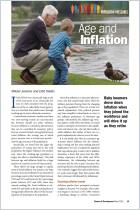
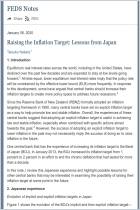
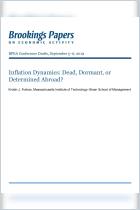
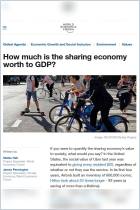
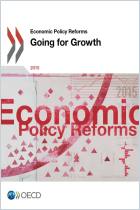
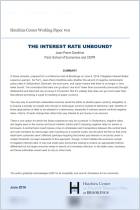

Comment on this summary or 开始讨论